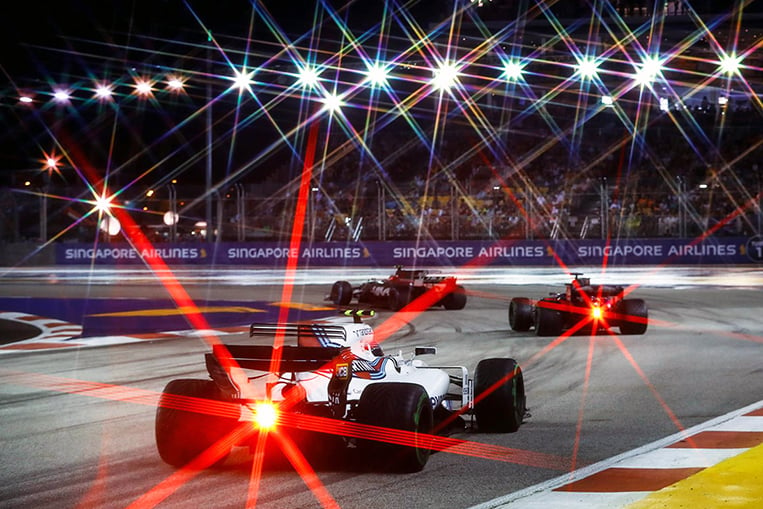
It’s Singapore Formula 1 Grand Prix weekend. The Little Red Dot—as Singapore is sometimes referred to—is once again abuzz with F1 fever. The Singapore leg of the world’s premier open-wheel racing series debuted in 2008 as the first-ever night race and the first street circuit in Asia. The circuit length is 5.065km and runs for 61 laps—or a race length of 308.808km.
The Singapore track is arguably the most physically demanding for the drivers in the F1 world championship. It does not offer a lot of excitement in terms of overtaking—much like the Monaco race—but there is generally a lot of contact that gets the audience all riled up. Sebastian Vettel has been the winningest driver in Singapore, taking the checkered flag four times over the past 10 years.
In its first decade of hosting F1, Singapore reportedly attracted 450,000 fans, resulting in added tourism receipts of around SG$1.4 billion. In terms of “placing Singapore on the map,” so to speak, the coverage of Formula 1 in the city-state was supposedly broadcast to 780 million international viewers.
In September last year, Singapore renewed its contract to host the races for another four years. And so, here we are for the 11th edition. Is it worth it?
In a report to Parliament back in 2013, it was revealed that the cost of hosting the race ran to US$150 million. It was not clear to me, though, if this was inclusive or exclusive of the US$65 million in licensing fees payable to Formula 1. It is certainly not for the fainthearted. The government—through the Singapore Tourism Board—antes up 60% of the cost while Singapore GP Pte Ltd.—the local promoter—picks up the rest.
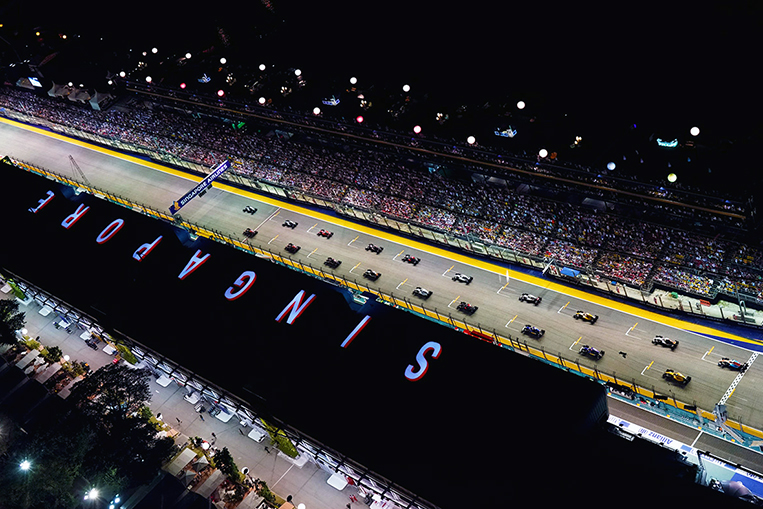
On the surface, incremental tourism spend averaging around US$140 million translates to a wash. Those receipts go to the gross domestic product and not directly to the government or Singapore GP, though. I am not a tax lawyer or accountant so I could be wrong, but I expect that government recovers to the extent of 7% from the GST (goods and services tax) and about 17% on corporate income tax. Additionally, the government gets to collect an F1 tax from hotels, in the amount of 20% of revenue from non-trackside hotels and 30% from trackside hotels.
Moreover, except for the licensing fees, most of the cost of staging the event stays within Singapore and can be considered as incremental business opportunities for local companies. Estimates indicate that 80% to 90% of the cost is recycled into the local economy. For example, the local audiovisual lighting company Hexogon Solution has not only gained from the work it does with Singapore GP, but it has also been able to leverage its experience to capture events in other countries as well. The catering firm Steward Solution has similarly benefited from its engagement with F1 in Singapore. There is a multitude of other SMEs that have likewise been contracted for race preparation (e.g. ticketing, security, transport and circuit setup).
Singapore government wants to make sure that Formula 1’s benefits are shared by as many members and sectors of society as possible
It is hard to do the exact cost-benefit analysis just because the costs and the revenues are not readily visible. Not to mention that I was never good at math. I do, however, give great credence to the ministers and the technocrats of the Singapore government: They are astute, value-driven, eagle-eyed planners, and they don’t miss much, even from a player (hustler?) like Bernie Ecclestone. Singaporeans rest easy knowing that their government always does the math and does it well—very well. So I am certain that Singapore is ahead in some way, form or another.
There are, of course, those that are negatively impacted by the races. Mostly, they are the retailers or businesses in or around the race area. During the days leading up to the Grand Prix, Singaporeans tend to avoid the event perimeter due to the inconvenience of traffic, rerouting and pedestrian redirection. As a result, business drops for those located in the affected zone. By how much? Surely not as much as what accrues to the larger economy. But Singapore being Singapore, they are facing the challenge of minimizing the dislocation squarely. They want to make sure that F1’s benefits are shared by as many members and sectors of society as possible.
The key cause of debate about the benefits of continuing Singapore’s hosting of Formula 1 is interest in the sport. Attendance, for example, is one cause for concern. Since 2008, a total of 2.5 million people have attended the races. The peak was during the inaugural race at 300,000 over three days. Over the next seven years, the number of fans averaged around 250,000. It dropped precipitously to 218,000 in 2016, causing people to wonder if interest was waning. Fortunately, there was a bump in event-goers in 2017, back up to a total of 260,000.
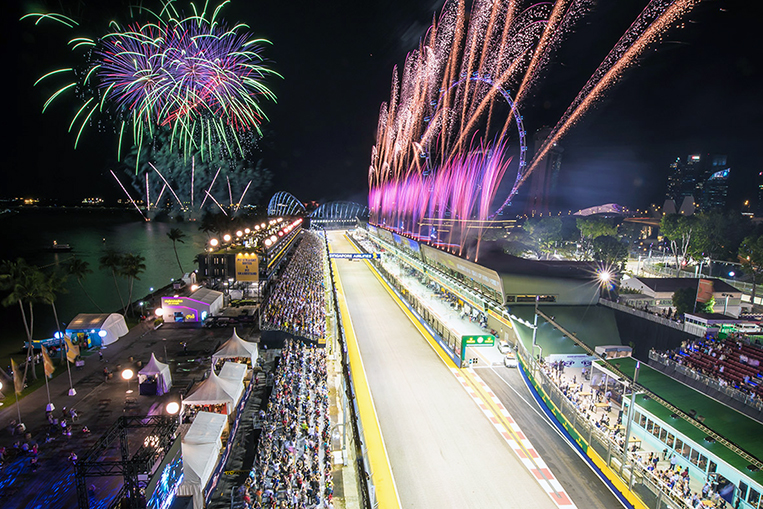
Protractors contend that the drop of attendees in 2016 was a blip, resulting from the global economic slump (hence, not a lot of disposable income on hand). Detractors, on the contrary, assert that the bump in 2017 was because of an uptake from those who speculated that it was going to be the “farewell performance” of F1 in Singapore (they did not want to miss a moment in history). Both are valid points but are on the opposite ends of the argument.
Television viewership has also declined over the years. One report says that the global TV audience of F1 dropped from 600 million in 2008 to 425 million in 2014. For the Singapore GP in particular, viewership has plateaued at about 80 million. In itself, this is not a good metric for the growing popularity of F1 or, more precisely, the lack of it.
So, what is the verdict going to be? There are lots of reasons for Singapore to keep the F1 race—I don’t think that’s what the argument is about. It’s about the price the city-state has to pay. It will come down to the negotiation and, ultimately, what the alternative (with the same gains), if any, might be.


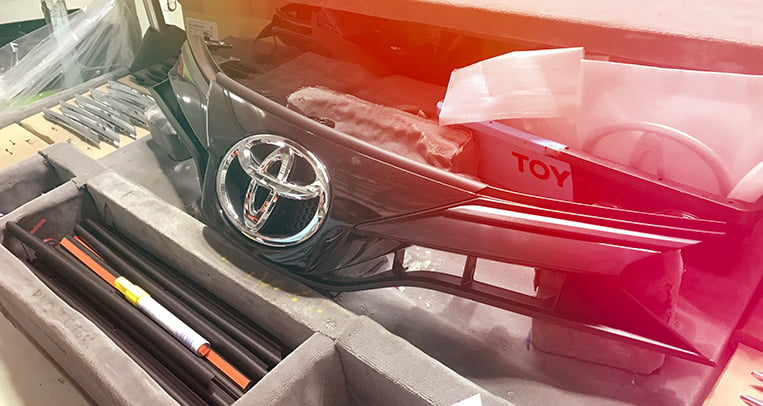

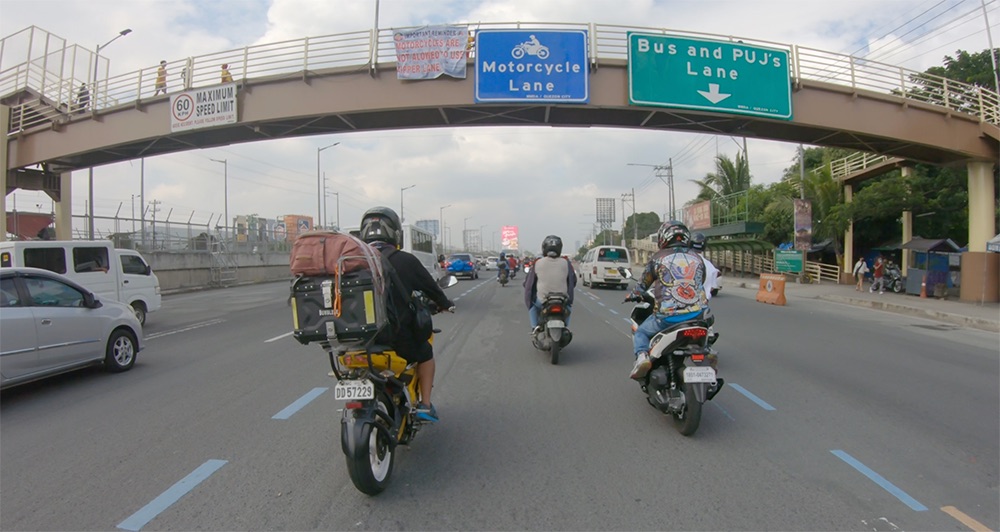


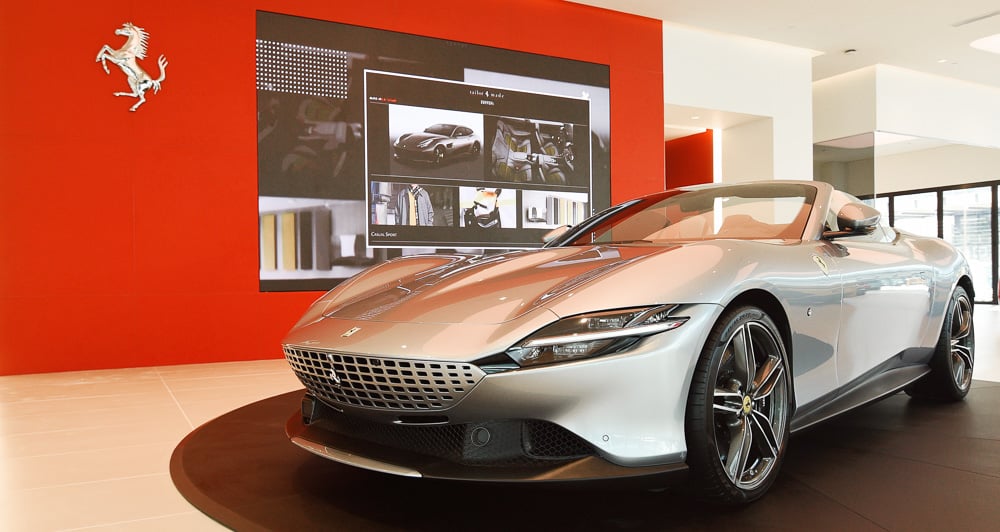

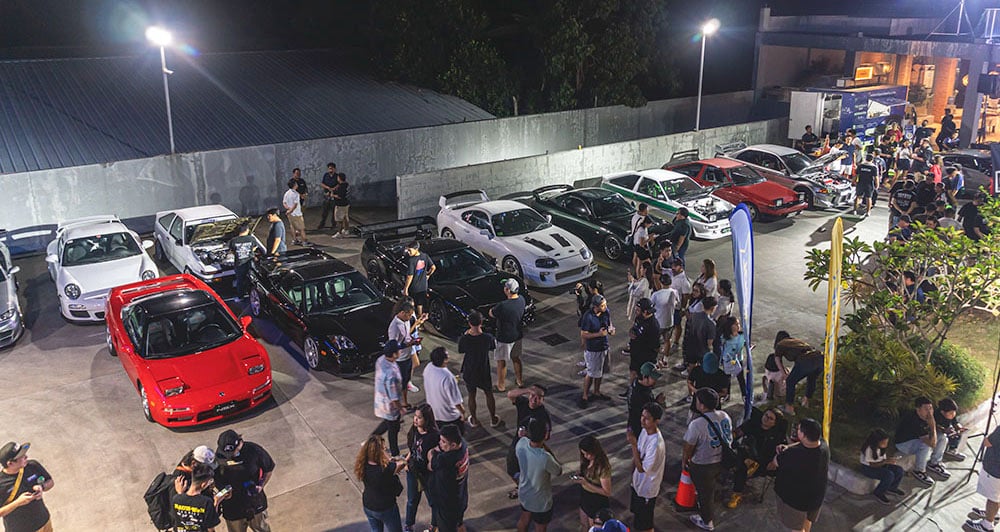
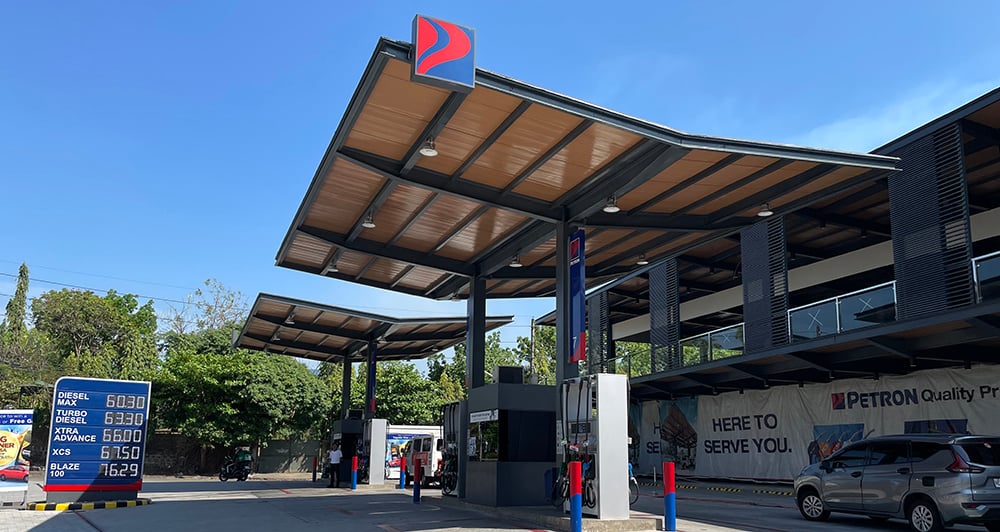
Comments